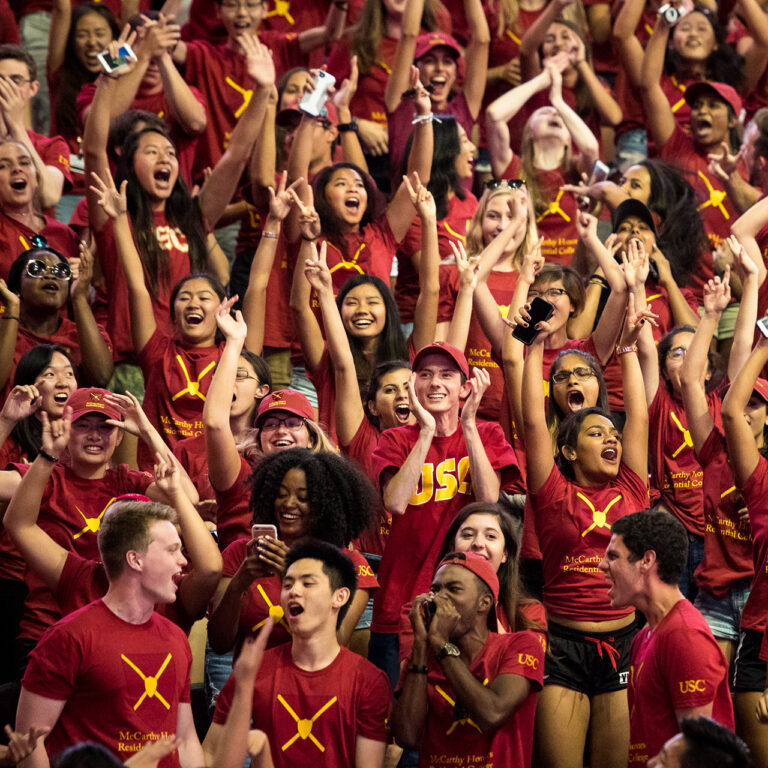George W. White
George Washington White (1858-1940) was born in Indiana and spent most of his youth in Iowa. He secured his first ministerial position in 1877, living out of his saddlebags while serving as a junior preacher on the Walnut Circuit in western Iowa. In fall 1878, he enrolled at Cornell College in Mt. Vernon, Iowa, where he took on janitorial and ministerial work to support his studies. After graduating at the head of his class in June 1883, he moved to Southern California in January 1884 and held several pastoral positions before being appointed presiding elder of the Los Angeles District of the Methodist Episcopal Church in 1892.
He was elected to the USC board in 1890 and became its chair in 1893. In September 1895, he was named president of the university.
As president, White immediately devoted himself to streamlining the university’s administration. To bolster USC’s finances, he also secured pledges from members of the Southern California Conference to guarantee any shortfall in university income for three years. During his presidency, enrollment at USC grew to more than 500 students, new labs and equipment were acquired to enhance science courses, library holdings increased, and athletics and physical education assumed greater importance at the university, with all students expected to take part in physical exercise.
While a nationwide recession caused progress to slow during the last years of the century, White took on the role of dean of the College of Liberal Arts
White tendered his resignation in September 1899 and returned to the Methodist ministry. For the next four years, USC would remain without a president, with colleges and departments left in the hands of their deans; George F. Bovard ’84, president of the Board of Trustees, making university-wide decisions; and George I. Cochran, librarian and dean of the college, serving as financial agent and treasurer.
1895: George W. White becomes USC’s third president. President White finalizes reorganization of the two existing corporations of the University and the College of Liberal Arts, merging them as the University of Southern California on November 11, 1895. Enrollment increases to more than 500 students. USC adopts cardinal and gold as its official colors.
1896: USC’s law school begins when a group of apprentices form a voluntary association to study under a prominent attorney. James Brown Scott, head of the nascent institution, exhorts the students to create a “law school of permanent character.” USC’s Department of Pedagogy is organized, under the leadership of James Harmon Hoose.
1897: USC begins training students in dentistry — establishing what is to become the first dental school in Southern California, and for 56 years the only dental school in the southwestern United States.
